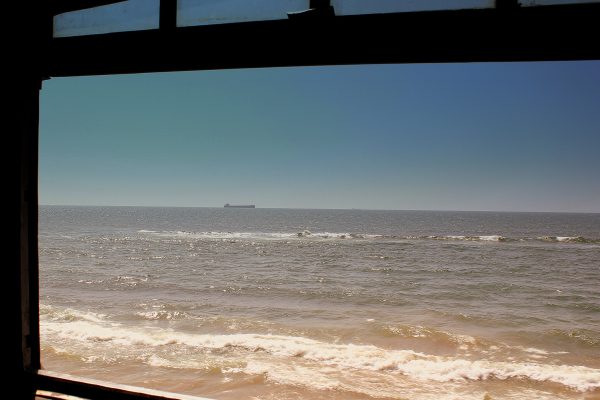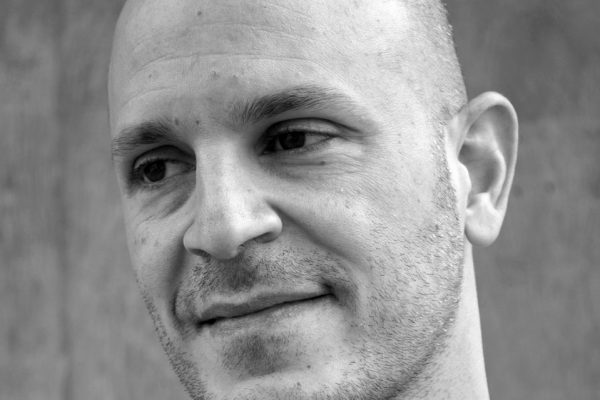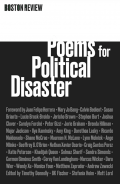Ways to the New
So many binaries circulate in and around contemporary poems that I find myself running out of ibuprofen as I pursue the most useful. There's Poems as against Poetry (hat tip to Ron Silliman); “lyric,” in the sense of a poem with a central “I,” as against non-lyric, i.e. everything else; “lyric” in the rather different sense that it had for many Victorians (short, songlike, attentive to sound) as against everything else. And then there are more familiar schools and teams: the East Coast versus the West Coast versus the Middles; “NYC versus MFA” (Chad Harbach’s scheme); “community” versus “institution” (Christopher Beach’s loaded terms); identifiable ethnic traditions and their array of discontents (including white folks’ ethnicities and assumptions); proponents of form against connoisseurs of chaos; the complete versus the fragmentary versus the performatively unending.
William Empson wrote, and he was right, “You must rely on the individual poem to tell you the way in which it is trying to be good.” But you must also decide whether you can believe it, and on what foundation (tacit or explicit) that belief stands. Debates about poems tend to rise, like hot-air balloons, to become debates about aesthetics, about assumptions, about what sort of programs and goals for poems a reader or critic would like to accept. I try to accept as many as I can: as many as the individual poems I read persuade me to accept.
And as I watch that persuasion succeed or fail, I’ve come to think that the most important division, the central either-or, in the way that we talk about poems right now, comes from what we can call neo-modernism.
A neo-modernist poet makes art that tests the limits of “art,” requiring us to ask what counts as a poem, what counts as good, what we assume about art more generally, and whether we ought to reject our prior assumptions. Neo-modernism follows from one (there are others) definition of modernism, of modernist poets’ goals. In this sense, Ezra Pound and Gertrude Stein were almost always modernist, Robert Frost and Wallace Stevens rarely if ever, while William Carlos Williams, Hart Crane, and Langston Hughes were all over the place.
Most people who think this division is central consistently support the neo-modern, celebrating art that subverts or transgresses or vexes whatever it can. But here Marjorie Perloff’s complaint against pluralism—there are now so many, too many, ways to write “poems”—might work against the tastes she recommends. Modernism was not just a conceptual expansion but a response to exhaustion; Victorian tools had run out of things to do. We have, at this point, so many techniques, so many existing ways for making poems, that we could spend—poets do spend—many fruitful decades finding new uses for what we already have, from the minimal to the neo-Baroque. Most of those uses won’t last, because most of the art from any time won’t last, but that’s no reason to reject the lot.
Think of contemporary poetry as a continent, and of neo-modernists at its edge. Ecologists say that excitement, novelty, diversity, tend to occur at edges, but they do not always mean where water meets land; sometimes they mean where forest meets prairie or tundra, where mountains arise, even where cities end. We have all sorts of edges, all sorts of boundaries and opportunities, within the enormous territory of what poetry is, without requiring hazardous expeditions across seas of genre, or up in balloons: there are many forests, many prairies and gardens, yet to be explored—terrains and boundaries that give us new ways to make poems without requiring that those poems call into question what “poem” or “poetry”—or “self,” for that matter—can mean. Neo-modernism is a way to the new, but not the only way; I wish its proponents would not claim that it is.








